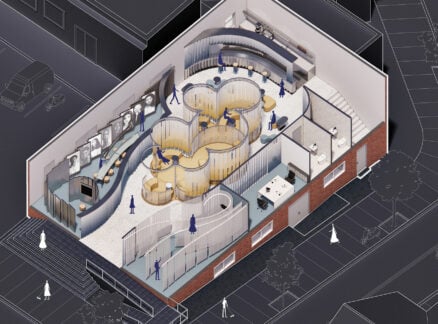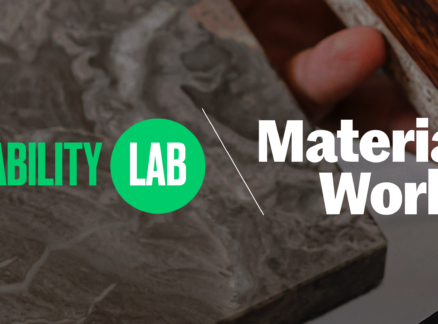
October 21, 2010
People Power
Empty sky captured within the courtyard of a residential building in Hong Kong. Thomas Kong, an architect and educator in Chicago, explores the informal use of empty sites in the Asian metropolis. His year-long Zero Project, supported by the Jaap Bakema fellowship, seeks to uncover the meanings and opportunities of urban spaces formed by social processes, […]
Empty sky captured within the courtyard of a residential building in Hong Kong.
Thomas Kong, an architect and educator in Chicago, explores the informal use of empty sites in the Asian metropolis. His year-long Zero Project, supported by the Jaap Bakema fellowship, seeks to uncover the meanings and opportunities of urban spaces formed by social processes, rather than top-down design schemes.
What happens, he asks, when the architect steps aside and watches as people re-appropriate an empty urban site? In Bangkok and Hong Kong, for instance, barbershops or coin operated washing machines often enliven empty street corners. For Kong, this is a result of natural human behavior: people use and share public spaces in ways that cannot happen on private property or in a tightly planned city. In the examples he lists, the architect is not a protagonist. His heroes are the people, who react quickly and opportunistically to social and economic changes.
 Under the flyover in Causeway Bay, Hong Kong, elderly women offer to ritually cleanse the bad luck of local residents.
Under the flyover in Causeway Bay, Hong Kong, elderly women offer to ritually cleanse the bad luck of local residents.
Clearly, this architect is concerned with the way his profession has been focused on the individual person and building, often at the expense of and the larger urban context. He’s especially worried about students, holed up in studios or in front of their computers, doing formal exercises. Kong wants to reinvent the ways architects work. He proposes un-building–working carefully with a community to deconstruct unused parts of the built environment and making-do in spaces which, he says, is a “highly creative and ingenious tactic to adapt and re-purpose materials, objects, and spaces with little to zero cost.”
 An empty corner lot in Little India, Singapore.
An empty corner lot in Little India, Singapore.
Are the cardboard rooms that Filipino migrant workers transformed into private spaces a form of creative and ingenious make-do architecture, as Kong claims? Some might disagree. But remember, Kong is not endorsing cardboard housing. Instead, he praises the way people improvise space, materials and objects. This, he believes, provides a lesson for architects who have lost their faith in top down planning.
Is the new value zero, as Kong says? And we, in turn, ask you: Do you believe that architecture is no longer about a single building but the whole city and its inhabitants?
Images courtesy Thomas Kong/Project Zero.





